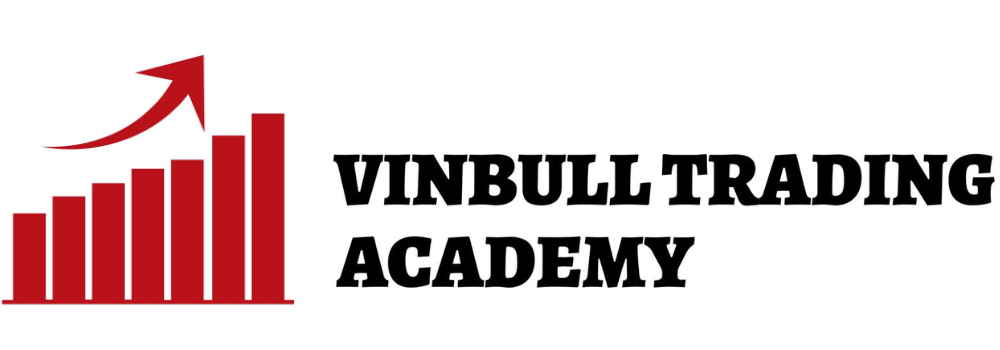
Introduction
Welcome to Vinbull Trading Academy, where we equip traders with the knowledge and tools to succeed in the dynamic world of trading. One essential tool that traders often rely on is the Buy-Sell Indicator. This powerful tool helps traders identify entry and exit points, simplifying decision-making and boosting confidence. In this blog, we’ll break down how buy-sell indicators work, their advantages, and how to use them effectively.
What Are Buy-Sell Indicators?
Buy-sell indicators are technical tools used in trading to signal potential buying or selling opportunities based on price movements and market trends. These indicators rely on mathematical calculations and data patterns to provide signals.
A buy signal is typically shown when a stock or asset is likely to rise in value, while a sell signal indicates a potential decline. Traders use these signals to time their trades effectively.
How Do Buy-Sell Indicators Work?
Buy-sell indicators analyze market data like price, volume, and momentum to generate signals. They are often plotted on charts, with arrows, colors, or labels denoting whether to buy or sell.
Examples of Popular Buy-Sell Indicators:
Moving Averages (MA):
Buy Signal: When a short-term moving average (e.g., 9-day MA) crosses above a long-term moving average (e.g., 50-day MA).
Sell Signal: When the short-term MA crosses below the long-term MA.
Relative Strength Index (RSI):
Buy Signal: RSI below 30 (oversold conditions).
Sell Signal: RSI above 70 (overbought conditions).
MACD (Moving Average Convergence Divergence):
Buy Signal: MACD line crossing above the signal line.
Sell Signal: MACD line crossing below the signal line.
Bollinger Bands:
Buy Signal: When the price touches the lower band and starts moving upward.
Sell Signal: When the price touches the upper band and starts moving downward.
Benefits of Using Buy-Sell Indicators
Simplifies Decision-Making:
Reduces confusion by providing clear entry and exit points.
Saves Time:
No need to analyze every aspect of the market manually; the indicator does the heavy lifting.
Minimizes Emotional Trading:
Decisions are based on data, not emotions like fear or greed.
Works Across Markets:
Whether you’re trading stocks, forex, or cryptocurrencies, buy-sell indicators can be applied.
How to Use Buy-Sell Indicators Effectively
Combine Indicators:
Relying on one indicator might not be enough. For example, use the RSI with Bollinger Bands to confirm signals.
Understand Market Conditions:
Buy-sell indicators work best in trending markets. Avoid relying on them in sideways markets where false signals are common.
Test Before Trading:
Backtest your chosen indicator on historical data to understand its accuracy and reliability.
Incorporate Risk Management:
Even the best indicators are not 100% accurate. Always use stop-loss orders and proper position sizing.
Common Mistakes to Avoid with Buy-Sell Indicators
Ignoring False Signals:
No indicator is foolproof. Always confirm signals with other tools or analysis.
Overloading with Indicators:
Too many indicators can lead to analysis paralysis. Stick to 2-3 complementary ones.
Blindly Trusting Signals:
Understand the logic behind the indicator instead of blindly following its signals.
Our Top Buy-Sell Indicator Picks
At Vinbull Trading Academy, we recommend these indicators for consistent results:
Supertrend Indicator: Provides clear buy/sell signals based on price trends.
MACD & Signal Line Crossover: Best for spotting momentum changes.
Volume-Weighted Average Price (VWAP): Combines price and volume data to determine buy/sell zones.
Conclusion
Buy-sell indicators are invaluable tools for traders looking to simplify their strategies and improve decision-making. However, like any tool, they require proper understanding and practice. At Vinbull Trading Academy, we teach you how to use these indicators effectively while incorporating risk management and advanced trading strategies.
Are you ready to take your trading to the next level? Join our courses at Vinbull Trading Academy and learn how to master buy-sell indicators and other trading techniques.
Stay informed, stay profitable!
Follow us for more tips, strategies, and trading insights tailored for traders like you.

